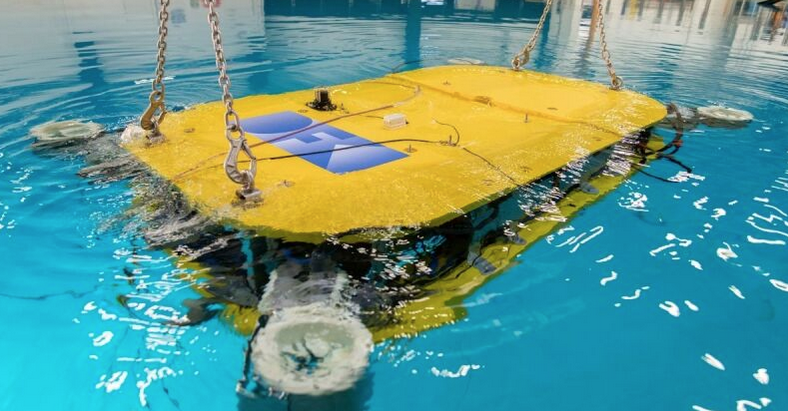A new generation of autonomous underwater vehicles (AUV) could revolutionize undersea exploration and shed light on ocean warming.
Some new underwater vehicles, like the Mare-IT project, are designed for industrial purposes like inspecting drilling rigs or wind turbines. The project’s two-armed underwater robot is used for complex inspection and maintenance tasks. But researchers say the more urgent need is for scientific exploration.
“We need to measure the amount of heat the ocean and atmosphere is absorbing each year,” Hugh Roarty, an ocean engineer at Rutgers University and IEEE Member, told Lifewire in an email interview. “This will help provide guidance on the climate models we are using to make decisions and shape policy.”
Autonomous underwater vehicles (AUVs), operated and controlled by artificial intelligence (AI) methods, inspect, maintain, and repair offshore installations under water.
A consortium led by the German Research Center for Artificial Intelligence (DFKI) developed a holistic solution in the Mare-IT project to make this vision a reality: an innovative, two-armed AUV for complex inspection and maintenance tasks, embedded in a powerful IT infrastructure that enables both intuitive control and monitoring of the system and effective information flow with the plant operator. The project was funded by the German Federal Ministry of Education and Research (BMBF).
To ensure the safety of offshore infrastructure such as wind turbines or oil and gas production facilities, regular inspection and maintenance is essential. However, the work carried out under water not only is complex and expensive but also involves considerable risks for the divers who perform it. Remotely operated underwater systems (ROVs) are already being used to monitor the condition of maritime assets. However, there is a tendency toward systems that remain in the water for long periods of time—so-called subsea resident AUVs—and operate there autonomously and at the same time can be remotely controlled if necessary.
Full article at JPT




